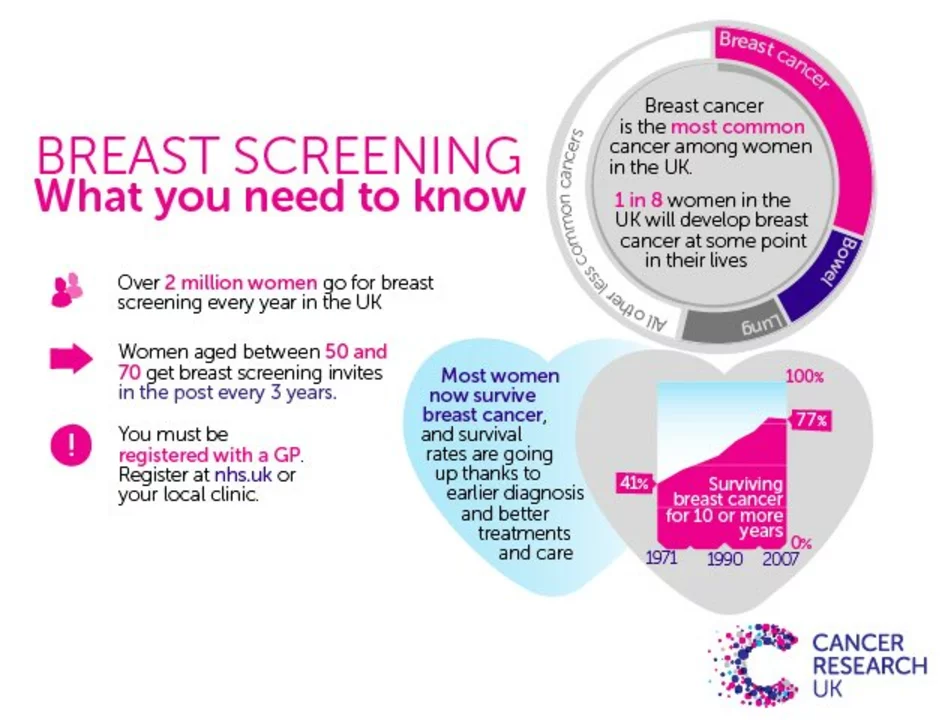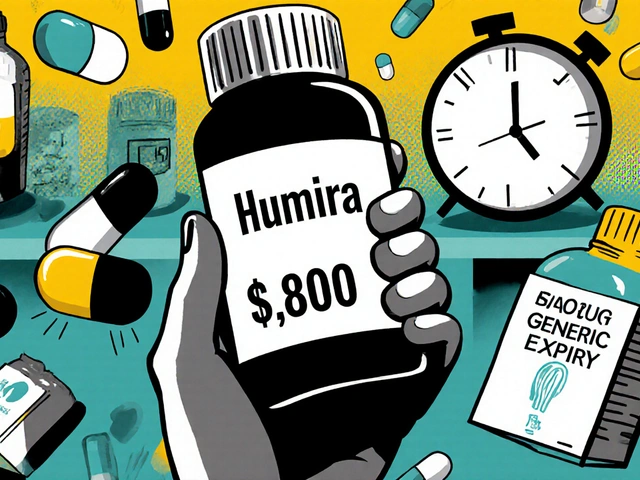Preventing Breast Cancer: Practical Steps You Can Start Today
About 1 in 8 women will be diagnosed with breast cancer in their lifetime. That sounds scary, but you can reduce your risk by making simple choices and working with your doctor. Prevention isn't magic—it's a series of small, smart moves.
Simple daily changes that lower risk
Move your body most days. Aim for 150 minutes a week of moderate activity—brisk walking, biking, or even fast gardening. Strength training twice a week helps keep muscle and metabolism up, which supports healthy weight. Excess weight after menopause raises breast cancer risk, so steady activity matters.
Cut back on alcohol. Even one drink a day raises risk a bit, so aim for none or no more than one. Swap sugary cocktails for sparkling water with lemon. Eat mostly plants: vegetables, fruits, beans, whole grains, and nuts. Higher fiber and more plant foods link to lower risk. Limit processed meats and very fatty, fried foods.
If you can, breastfeed. Doctors have found that breastfeeding for several months lowers a mother's risk. Avoid tobacco and try to sleep well—poor sleep and chronic stress can hurt hormones and overall health. These habits might not remove risk, but they push your odds in the right direction.
Medical steps and screening
Talk to your doctor about when to start mammograms. Many clinicians suggest starting between ages 40 and 50 and repeating every 1–2 years depending on your risk. If you find a lump, skin change, or nipple discharge, get evaluated without delay. Early detection is the most powerful medical tool we have.
Know your family history. If you have several relatives with breast or ovarian cancer, especially at younger ages, ask about genetic counseling and BRCA or panel testing. A known mutation changes options—more frequent imaging, MRI, preventive medicines, or even risk-reducing surgery. These are big choices; a genetic counselor helps sort them out.
For people at higher risk, doctors may recommend medicines like tamoxifen or raloxifene to lower chance of getting breast cancer. These drugs have real benefits but also side effects. Discuss risks and benefits with a specialist so you can make a choice that fits your life.
Understand breast density. Dense breast tissue is common and can hide tumors on mammograms. If you have dense breasts, ask whether supplemental imaging such as ultrasound or MRI is right for you. Also review any long-term hormone therapy—combined estrogen-progestin therapy can increase risk, so weigh alternatives if you're using it for menopause symptoms.
Make a prevention plan and bring it to your appointments. Include your age, family history, past biopsies, current medications, and lifestyle goals. Ask your clinician about screening schedule, risk assessment tools, and whether genetic testing or chemoprevention is appropriate. A short conversation can turn vague worry into a clear plan.
Checklist: schedule your mammogram, log family cancers and ages, set exercise goal, cut alcohol, ask about genetic testing if two or more close relatives had breast or ovarian cancer, discuss prevention drugs with a specialist.

As a blogger, I've come to understand the importance of exercise in our lives, especially for women. Recent studies have shown that engaging in regular physical activity can play a significant role in both the prevention and recovery from breast cancer. This is because exercise helps maintain a healthy body weight and boosts the immune system, which can lower the risk of developing the disease. Additionally, it has been proven that exercise can improve mood and energy levels, which are crucial factors in the recovery process. So ladies, let's get moving and take charge of our health!
Continue Reading




